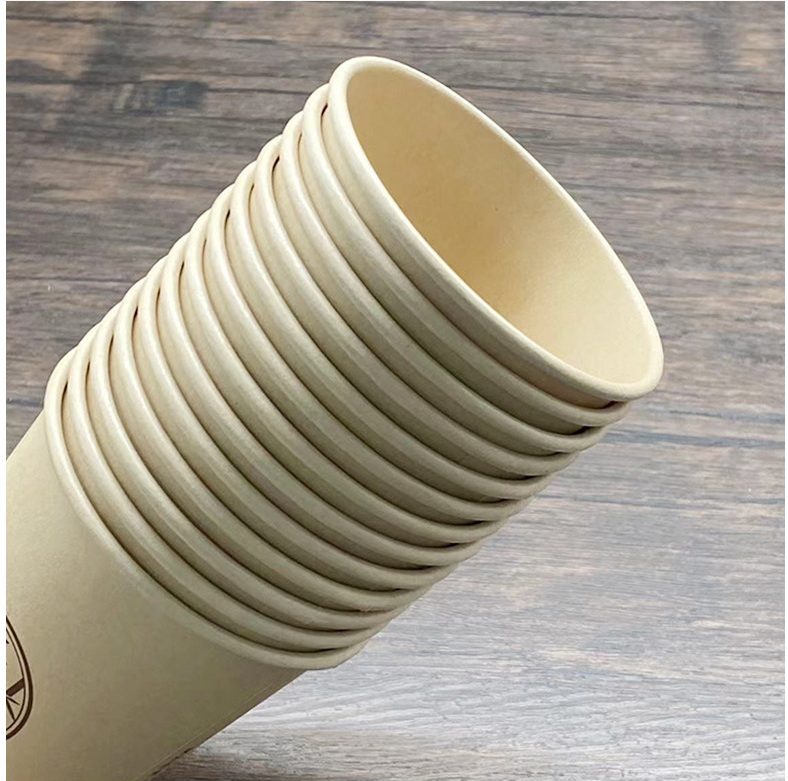Paper Cup, because of its one-time use, by people as a protective barrier of drinking water safety. But what people don’t know is that the colorful paper cups with colorful patterns are actually a hidden safety hazard. Not long ago, the relevant departments developed a one-time Paper Cup national standard, the cup mouth from the body of 15 mm, the bottom of the cup from the body of 10 mm can not be printed patterns; Do not use recycled materials as paper cup raw materials; to use environmental ink. The aim is to protect the health of consumers. At present, disposable paper cups are widely used in homes, work units and restaurants. Many of its national standards are related to the health of the people. For example, the ink may contain benzene, toluene, lead, mercury, arsenic and other harmful ingredients, a set of disposable paper cups full-body ink printing, use of ink in the harmful ingredients are likely to enter the body with water or drinks, affecting health. How can such an important national standard be ignored? At the same time, such as Paper Cup standards, to increase publicity, so that everyone knows. Using the picky consumer behavior of the common people to create huge market pressure, restrict the irresponsible production and management behavior of enterprises, Urge Enterprises to implement safety and health standards, and constantly improve product quality, promote the survival of the fittest. In this way, the standard has played a guiding role in production, leading the market benchmark. This can only be achieved if people know the standards and understand them. It is the responsibility of the Standardization Administration of China to interpret the important contents of the national standards in a timely and authoritative manner.
At present, such as disposable paper cup national standard of such a virtual standard is probably more than one or two. From a certain point of view, how much attention to standards enterprises, mainly depends on the attitude of the relevant regulatory authorities. If they were to be formulated behind closed doors, published under cover, and then quietly shelved, then no matter how detailed the standard of science, it would only be reduced to a piece of paper, useless.
Post time: Mar-29-2023


